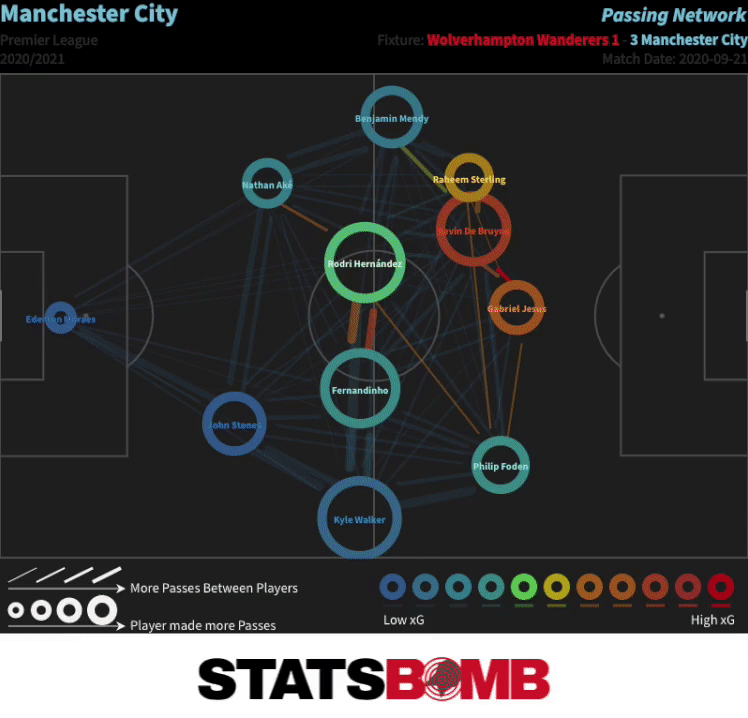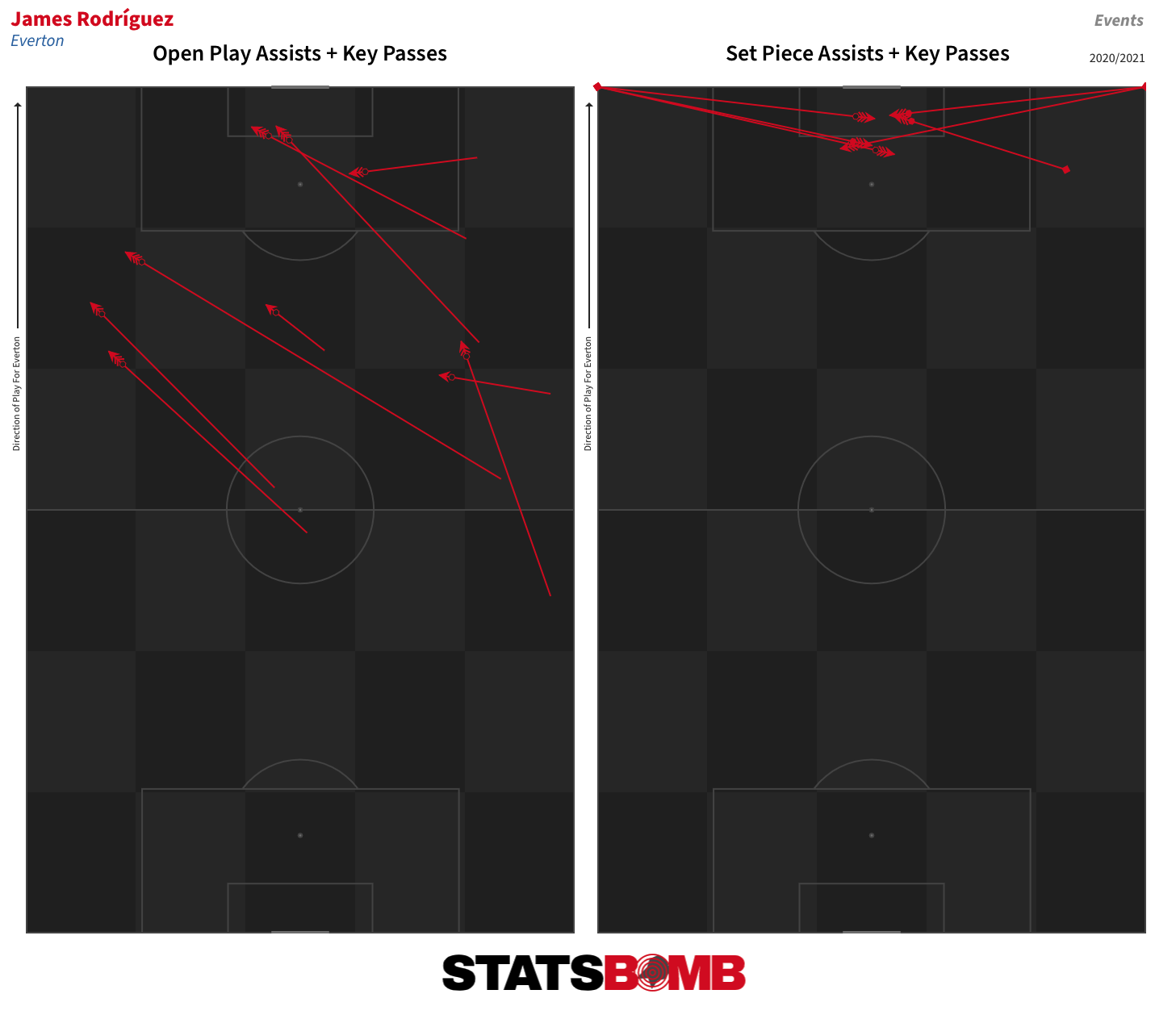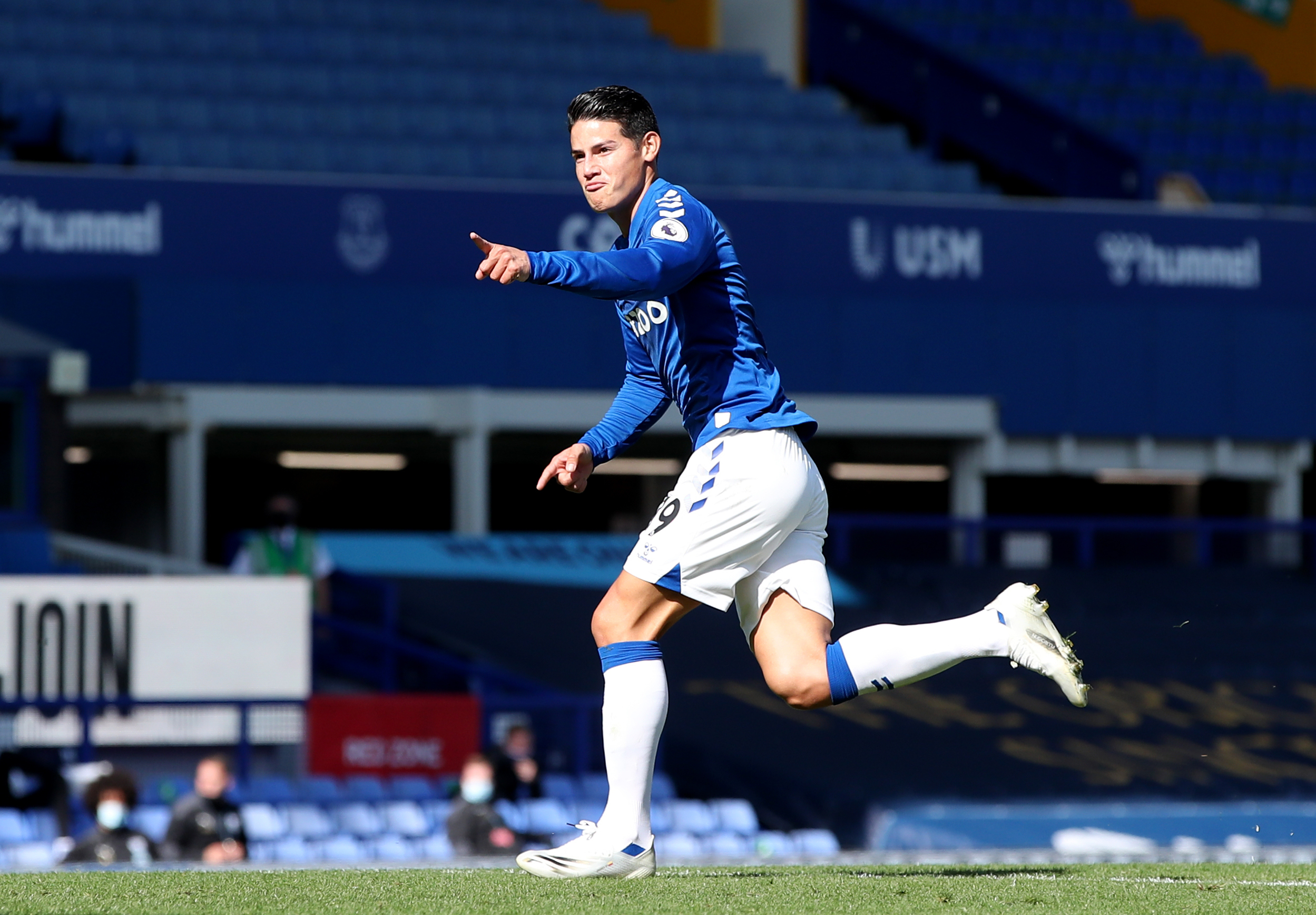We are five matchdays into a Premier League season that has already provided more than its fair share of incident and excitement. Here are some emerging trends. Goals, Goals, Goals Goals have been flying in from all angles, producing a series of seven-goal thrillers, five-goal thrashings and 3-3 draws that have enlivened the early running. With penalties included, there have been 3.58 goals per match. The total of 172 is 16 more than any other 48-game stretch in our data set (starting from the 2016-17 season). Will it continue? Probably not. Either through player adaptation or a more relaxed interpretation of the rules, the current rate of a penalty goal for every two matches is likely to eventually settle down to somewhere nearer the rate of one every three matches that is now pretty much standard across the major European leagues. It is also notable that non-penalty goals are running abnormally far ahead of expected goals (xG). The total of 147 is over 130% of the xG sum of 112.42. The furthest ahead that goals ran of xG in any consecutive 48-match sample last season was 111.35%. From 2016-17 onwards, the highest mark prior to the start of this season had been just over 120%. There are plenty of larger swings in smaller sample sizes, but in one of this size there has never previously been a swing of much over 20% at either end of the scale. All of which suggests that things will begin to slow down a bit as the campaign progresses. Is Anyone Good? It’s a fair question to ask. Liverpool and Manchester City were the clear pre-season favourites to occupy the top two positions, but both of them have already suffered heavy defeats -- City 2-5 at home to Leicester; Liverpool 2-7 away at Aston Villa. Manchester United have lost twice in four matches, including a 1-6 thrashing by Tottenham Hotspur; Chelsea are still just as open as they were last season and have carried a negative xG difference through their opening five fixtures. We could go on. Mikel Arteta has now had nearly a full season of matches on the Arsenal bench and while they do look more structurally sound to the eye, their numbers are still middling, and their shot volume is still poor. Leicester are fourth but have mediocre metrics. Only Aston Villa and Everton have traversed the opening weeks of the season undefeated. Spurs have very good metrics, but as with everything at this stage, it is too early to tell if that really means anything. Particularly so given that their numbers were so poor last season, and with the boost of that 6-1 win over United (3.07 to 0.16 on the non-penalty xG) to account for. West Ham have also looked good, as have Brighton by the numbers but less so by results. It will take at least another 5-10 matches for everything to shake out and give us a clearer idea of which teams are genuinely good and bad, maybe longer given the strange circumstances of the season. Once we get to that point it wouldn’t be at all surprising to see Liverpool and City again emerge as the league’s most impressive teams. Even with that Villa defeat on their record (a 3.91 to 1.77 defeat on xG), Liverpool have been so dominant in their other matches that they still have an overwhelming positive shot and xG difference. Their system is now arguably strong enough to absorb Virgil van Dijk’s absence, particularly once Alisson returns in goal. City’s attacking output hasn’t been great to date, but Pep Guardiola has done plenty of tinkering with the lineup and can be expected to eventually settle upon a workable formula.  James Rodríguez Shines Everton’s purchase of James Rodríguez from Real Madrid was one of the more enticing off-season arrivals to the Premier League, and he has hit the ground running with three goals and three assists in five appearances. That is well ahead of his expected output, so he shouldn’t necessarily be expected to continue producing direct goal contributions at that rate, but even his underlying output has so far represented a clear improvement on the creative options Everton had last season. The sample size is very small, and so some variation should be expected over the course of the campaign, but on a per 90 basis, Rodríguez currently leads Everton in key passes (both from open play and set pieces), xG assisted and passes into the penalty area, in addition to also being the player who has most often moved the ball forward into the final third. All that while also getting off nearly 2.5 shots per 90. Reunited with Carlo Ancelotti, he has immediately become the team's attacking hub. Last season, no Everton player provided over two key passes per 90; Rodríguez has so far produced three. We certainly know a guy who’d relish the opportunity to work with a player capable of such quality deliveries from set pieces, particularly with a target like Yerry Mina on the other end of them.
James Rodríguez Shines Everton’s purchase of James Rodríguez from Real Madrid was one of the more enticing off-season arrivals to the Premier League, and he has hit the ground running with three goals and three assists in five appearances. That is well ahead of his expected output, so he shouldn’t necessarily be expected to continue producing direct goal contributions at that rate, but even his underlying output has so far represented a clear improvement on the creative options Everton had last season. The sample size is very small, and so some variation should be expected over the course of the campaign, but on a per 90 basis, Rodríguez currently leads Everton in key passes (both from open play and set pieces), xG assisted and passes into the penalty area, in addition to also being the player who has most often moved the ball forward into the final third. All that while also getting off nearly 2.5 shots per 90. Reunited with Carlo Ancelotti, he has immediately become the team's attacking hub. Last season, no Everton player provided over two key passes per 90; Rodríguez has so far produced three. We certainly know a guy who’d relish the opportunity to work with a player capable of such quality deliveries from set pieces, particularly with a target like Yerry Mina on the other end of them.  Everton have so far combined good results with very solid metrics, and that despite playing both Spurs and Liverpool across their opening five fixtures. As we've already said, we need a larger sample of matches before we can really start to draw any sort of meaningful conclusions on team quality, but Everton’s underlying numbers were better than results last season, and with Rodríguez on board, top eight should be their minimum aim.
Everton have so far combined good results with very solid metrics, and that despite playing both Spurs and Liverpool across their opening five fixtures. As we've already said, we need a larger sample of matches before we can really start to draw any sort of meaningful conclusions on team quality, but Everton’s underlying numbers were better than results last season, and with Rodríguez on board, top eight should be their minimum aim.
2020
The Big 5 After 5: Premier League
By admin
|
October 22, 2020
